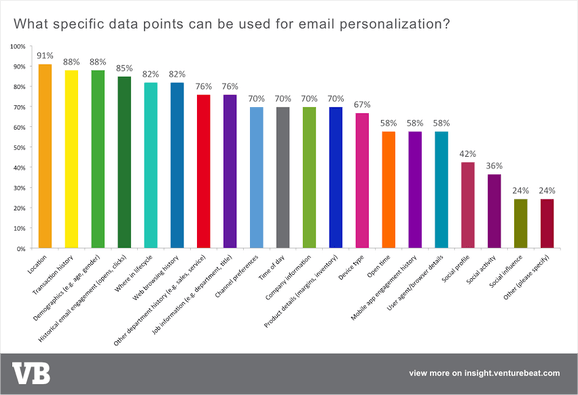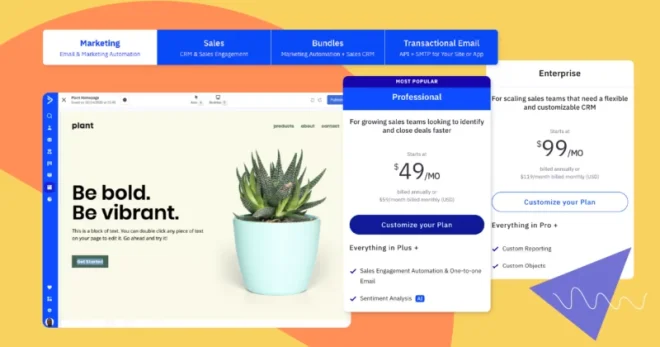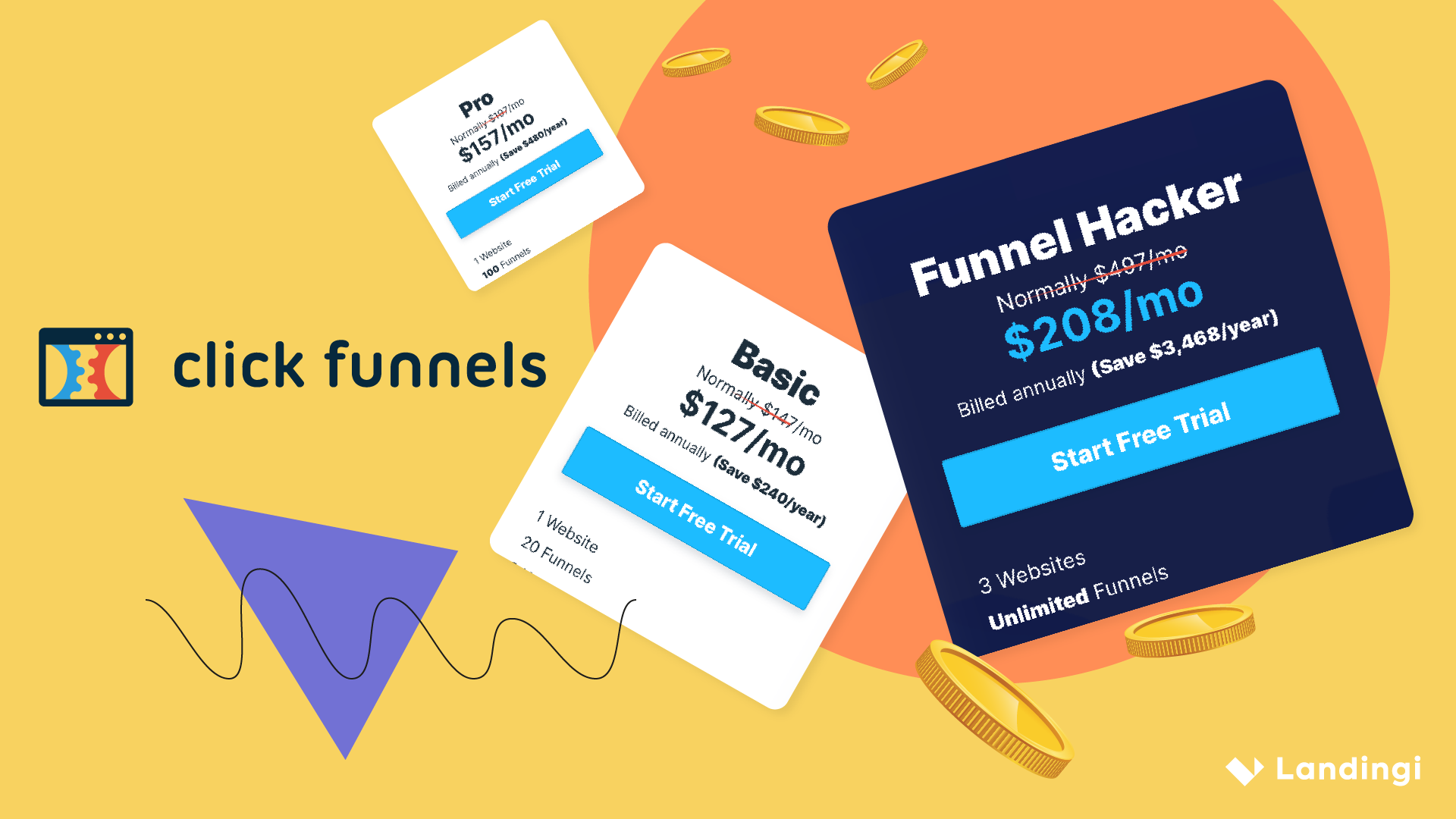These days, emails are used by 3,9 billion people worldwide and an average office worker receives 121 emails per day. No wonder digital marketers have decided to take advantage of emails and make it a highly converting weapon.
Nevertheless, the popularity of email marketing has grown to such an extent that customers are gradually turning away from ordinarily written emails – now they expect highly personalized and out-of-the-box ones.
This is where dynamic content comes into play. It is a concept that is the reason for the success of numerous email marketing strategies, as it allows marketers and businesses to create a customized and personalized experience for customers, increase content relevance, and optimize conversions.
Make your sections smartable and let go of mundane manual tasks with Smart Sections! An easy way to manage bulk changes.
What is dynamic content in email marketing
Dynamic content in email marketing refers to all the personalized areas of messages you send that display different texts or images in regards to user’s behavior or acquired data.
Dynamic content can be displayed as names, articles, images, offers or calls to action based on the customers’ variables you have added to the mailing lists.
For example – once you implement dynamic content, instead of greeting every member of your audience with “Hello, Subscriber”, your email will start with “Hello, Monica”. You will also be able to send different value propositions based on the previously made purchases and preferences.
Truth be told, dynamic content makes your audience feel valued and special. That will certainly lead to an improved response rate.
What data you need to create dynamic content
As you can see, dynamic content is a great concept that allows you to highly personalize your emails and make your customers feel like individuals instead of a group of generic users.
But there is one issue to consider – you need data in order to send those extremely efficient, bonding messages and know which type of data you should make use of.

As the graph indicates, the demographic data (location, age, gender) turns out to be the most popular among dynamic content users, but the behavioral data (transaction data or web browsing history) is widely used as well. You can also take into consideration customers’ preferences such as channels or the time of day.
Once you have collected all this data using analytical tools or lead generation forms on your landing page (which you can create with the Landingi LP builder), and a proper dynamic content email marketing software, you can take your email personalization to the next level.
How to use dynamic content in email marketing
Not exclusively in the body
A large group of dynamic content users is centered around using dynamic content exclusively in the body of emails. Nevertheless, it can be equally powerful in subject titles, calls to action, or footers.
According to MarketingDive, “a personalized subject line gives a 50% higher open rate”. In order to personalize it, you need to create an email marketing campaign, choose the mailing list, and add a variable that corresponds with your idea into the subject line. It can be a name or anything that distinguishes between users.
What is more, according to Hubspot – “personalized calls to action convert 202% better than default calls to action”. Instead of creating a generic CTA, you can take into consideration the preferences of specific segments of your target audience and create smart calls to action. You can divide your audience based on customers’ personas and customize your call to action according to their characteristics.
Therefore, fixating exclusively on customizing the body impedes you from getting the most out of the dynamic content. Smaller and repetitive parts of your message are equally important and may contribute to the increase in conversions as much as the body can.
Content tailored to the behavior
Another great way of using dynamic content in email marketing is by providing the audience with the right content based on their behavior.
Abandoned cart emails
This aspect is widely used, especially in e-commerce. The “abandoned cart” emails are messages created by business owners or marketers to try to make almost-customers get back to their carts or offer them something extra to finalize the purchase.
It turns out to be a highly efficient tactic as, according to MooSend, “45% of cart abandonment emails are opened on average”. Abandoned carts are frequently a consequence of distractions or lack of the very last trigger to make a purchase, so such emails can be very effective.
Encouraging to carry on
Encouraging to continue an already started action or trying out a next product or service is another great way to use dynamic content.
Based on the data about the content a given user has interacted with, you can propose similar products or services that touch on related topics or some that are consistent with their previous choices.
This method is widely used by Netflix and other streaming platforms. After watching a movie or a TV series, users get recommended other TV series in the same genre or created by the same director. Users fancy it as they don’t need to look for similar releases themselves and there is a high probability they use the suggestions.
Nevertheless, it can also work in non-streaming businesses. Once you know what a customer has bought or used, you can offer similar products or content that is likely to be interesting and engaging for them. Try to encourage them to carry on with what they have started or kick off with a new action.
Email digests
Email digests are single messages that summarize the activity of users over a specific period of time sent on a recurring basis. Their main function is to group user’s notifications into one email.
https://www.youtube.com/watch?v=esXS3FqGzqs
The point of email digests is to keep users up-to-date with the business and show its value without requiring them to log in or make another purchase. They allow users to keep the brand in the back of their mind and, as a result, nurture the relationship.
You can very easily incorporate dynamic content into digest emails by including variables depending on given activities. With such a large amount of user data contained inside, email digests do feel personal and are willingly received by subscribers.
Email digests are widely used by platforms such as LinkedIn, Grammarly, or Strava and they have been working well for them, which only proves that they can be powerful once properly implemented.
Content tailored to preferences
Dynamic content can also be used in emails based on users’ preferences resulting from their behavior or surveys you have conducted. It allows you to send highly personalized and relevant content to specific segments or individual customers.
Being aware of what types of products or services they fancy the most, what their purchasing habits are or what they claim they need in a survey, you are able to customize your emails according to their needs.
If your customers are more into comedies, you can suggest light-hearted movies, or if they exclusively center around T-shirts, you should send them information about your newly-released T-shirt line.
Dynamic content is highly useful in the personalization of your product or service recommendations in order to boost engagement and interest. Since the content is dynamically refreshed, you are able to include custom pricing or discounts.
By providing your customers with relevant solutions to their concerns, motivations, or preferences, you can build trust and nurture your relationship with them. They will feel your business cares about their well-being and they are not treated like masses. That will result in an increase in loyalty.
All in all, dynamic content email marketing solutions make your customers feel valued and special. It can assist you in improving engagement and nurturing relationships with your target audience. What is more, it allows you to increase the click-through and response rates as well as engagement, so you should not miss out on this opportunity to make your messages more interesting and relevant to your customers.








